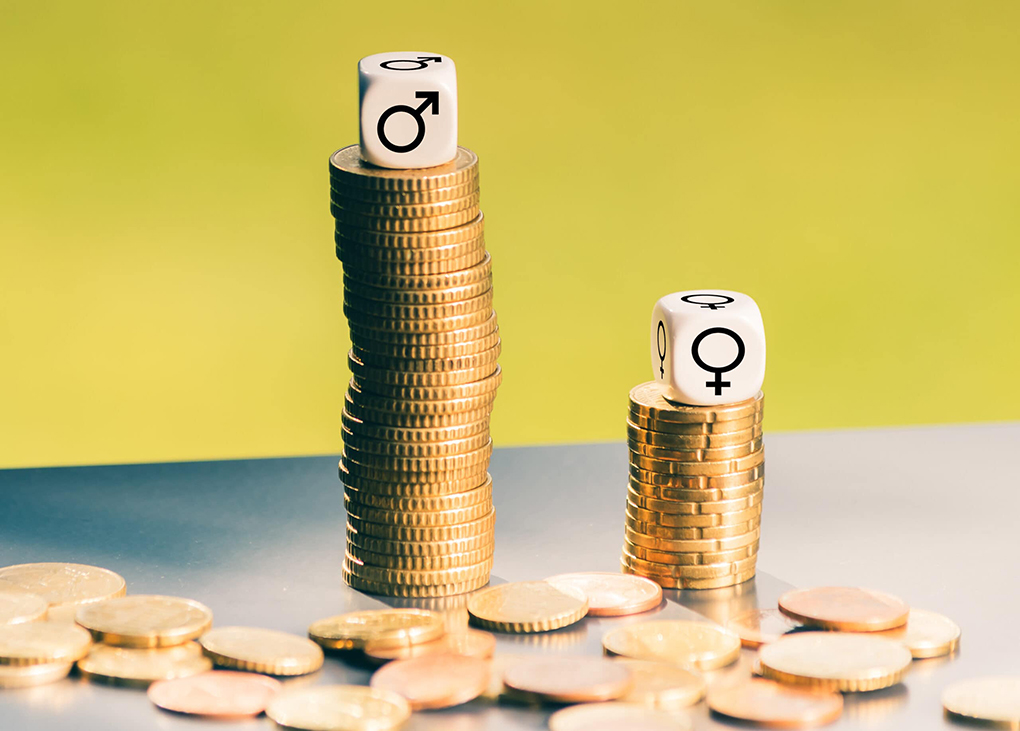Equal Pay Day, a day that calls attention to the the gender pay gap between men and women in Australia, will be held on August 25 in 2023.
The particular date is chosen because it marks the 56 additional days from the end of the financial year that women must work to earn the same average pay as men.
In fact, Australian women earnt the right to equal pay for equal work as long ago as 1969, the same year as the Apollo 11 Moon landing, the Woodstock folk festival, and the release of the Beatles’ Abbey Road album.
Yet despite the 54 years that have transpired since the landmark ruling, the Workplace Gender Equality Agency (WGEA) says there is considerable work to do.
“For women in Australia, the gender pay gap matters,” says the WGEA. “The dollars and cents represent the value placed on their skills, labour and time. It represents missing money that could be spent to meet everyday costs of living.”
The WGEA says that the February 2023 ABS average weekly earnings data shows the average woman earnt 87 cents for every $1 earnt by an average man. Based on the current, base salary, full-time gender pay gap, women will need to work an extra 56 days from July 1 to earn the same average yearly salary as men in Australia.
“In 2023, WGEA is asking employers to take action to reduce their gender pay gap before employer gender pay gaps are published in early 2024,” the WGEA says, adding that the gender pay gap costs the Australian economy $51.8bn every year.
The WGEA calculates the gender wage gap using the Australian Bureau of Statistics average weekly earnings data to calculate the number of days after the end of financial year that women have to work to be paid the same as the average man.
“The February 2023 average weekly pay for men working full time was $1,907.10,” the WGEA says. “Women earnt $1,653.60 per week on average. That’s a difference of $253 every week and $13,183 every year.”
To read more, click here.
 Matt Dillon
Matt Dillon


Leave a Reply